Coricancha: The most important temple of the Inca Empire and why it still exists
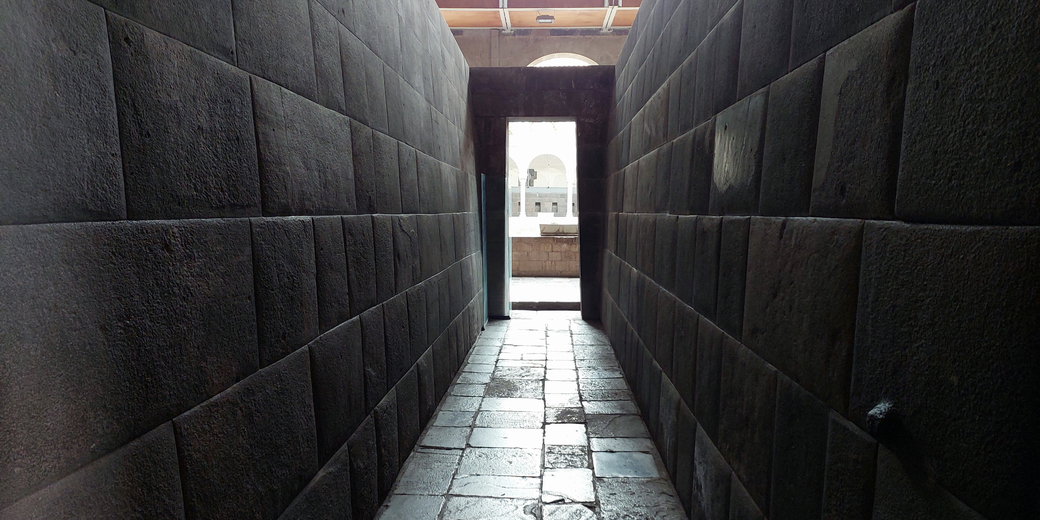
Nestled in the heart of the ancient Inca capital of Cusco, Peru, lies the mesmerizing Coricancha, a site that tells a tale of splendor, resilience, and cultural fusion.
Once adorned with shimmering golden walls that reflected the sun's rays, this awe-inspiring temple complex has borne witness to centuries of history and remains an enduring testament to the Inca civilization's architectural mastery and profound spirituality.
But why was it stripped of its wealth and why did it miraculously survive when all other temples were destroyed by the Spanish?
What is Coricancha?
Coricancha, also known as Qoricancha, was the most important temple in the Inca Empire.
Located in Cusco, Peru, which was the capital city of the Inca civilization, the temple served as a religious, cultural, and political center.
At the heart of Coricancha lies the Temple of the Sun, a sacred site dedicated to Inti, the Sun god, and the main deity in the Inca pantheon.
The Inca civilization thrived from the 13th to the 16th century, with the Sapa Inca as their emperor.
When and why was it built?
Coricancha was built during the reign of Pachacuti Inca Yupanqui, the ninth Sapa Inca, who ruled the Inca Empire from around 1438 to 1471.
Pachacuti was a transformative leader who expanded the empire's territory and founded Cusco as its capital.
The construction of Coricancha was intended to showcase the magnificence of the Inca Empire and their devotion to their primary deity, Inti, the Sun god.
As the most important temple of the Inca civilization, Coricancha also served as a religious, cultural, and political center, further cementing the power and influence of the Inca Empire.
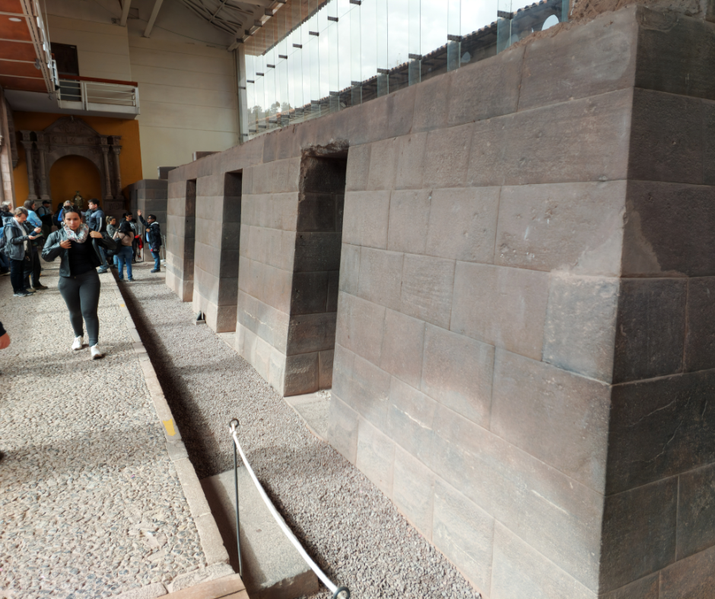
The different parts of the massive Coricancha complex
The Coricancha complex was a remarkable architectural feat, comprising several temples and structures that served distinct purposes and were dedicated to different deities in the Inca pantheon.
One of the most prominent parts of the Coricancha complex was the Temple of the Sun.
This temple was the most important within the complex and was dedicated to Inti, the Sun god.
The inner walls of this temple were once covered in gold sheets, symbolizing the sun's radiant light and showcasing the wealth and craftsmanship of the Inca civilization.
Another significant temple within the complex was the Temple of the Moon, dedicated to Mama Killa, the Moon goddess, and the wife of Inti.
The moon played a crucial role in Inca mythology, and this temple celebrated its importance.
The Temple of the Stars was dedicated to the worship of various celestial bodies, particularly the stars, which held great significance in Inca cosmology and calendar.
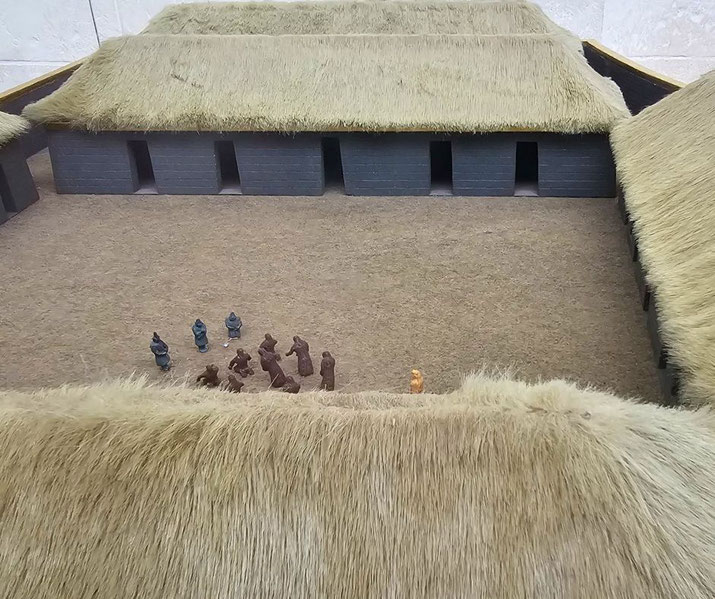
The Temple of the Thunder, on the other hand, was dedicated to Illapa, the god of thunder and rain. Illapa was considered responsible for weather patterns and was worshipped to ensure a good harvest, reflecting the Inca's agricultural lifestyle.
In addition to these temples, the Coricancha complex also featured the Acllahuasi, or the House of the Chosen Women.
This sacred residence housed the acllas, who were carefully selected women of high status in Inca society.
They were trained in various arts and crafts and performed essential religious duties.
These structures, along with additional smaller shrines and sacred spaces, made up the Coricancha complex, demonstrating the Inca's architectural prowess and the variety of deities they worshipped.
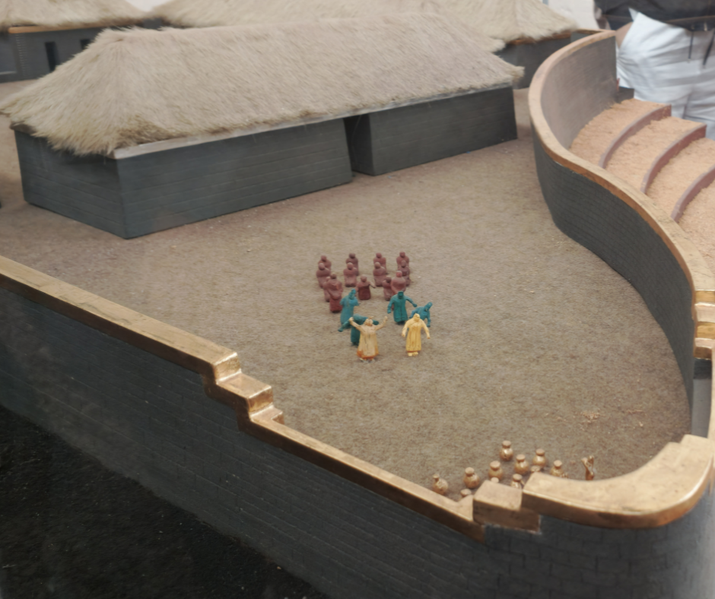
Architectural Marvel of the Golden Temple
Inca masonry is renowned for its expert craftsmanship and intricate design, and Coricancha is no exception.
The temple complex features trapezoidal doorways and windows, which provided structural stability during earthquakes.
The temple's layout and design were carefully planned, with alignments to the solstices and equinoxes, highlighting the Inca's advanced knowledge of astronomy.
The inner walls of the Temple of the Sun were once covered in gold sheets, reflecting the sun's light and creating a dazzling display.
The use of ashlar masonry, which involved precisely cut and fitted stones without mortar, showcased the Inca's unparalleled skill in stone working.
The result was a strong, stable, and visually stunning structure that has endured for centuries.
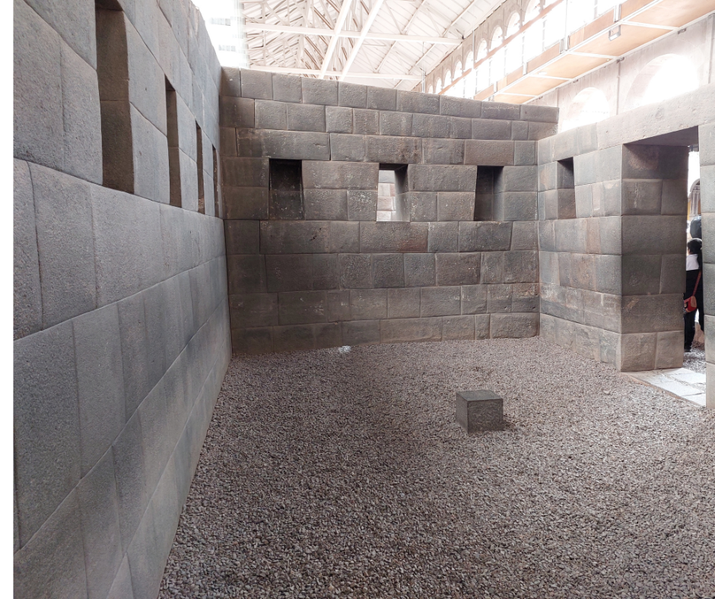
Religious Significance in the Inca Empire
Inti, the Sun god, was the most revered deity in the Inca pantheon, and the Temple of the Sun at Coricancha was the primary place of worship.
The Inca believed that their emperors were direct descendants of Inti, thus justifying their divine right to rule.
The temple also played a role in the Capacocha ceremony, a ritual involving child sacrifice to honor the gods and ensure prosperity.
The festival of Inti Raymi, celebrated during the winter solstice, was a time of great importance in the Inca calendar.
The temple served as the focal point for this annual event, as priests and worshippers gathered to honor Inti through rituals and offerings.
The ceque system, consisting of sacred lines that radiated out from Coricancha, further demonstrated the temple's religious significance, connecting it to other sacred sites in the Inca Empire.
The Spanish Conquest
The arrival of the Spanish conquistadors led by Francisco Pizarro in the 16th century brought immense change to the Inca Empire.
The Spanish, seeking to impose Catholicism and gain control of the Inca's vast wealth, targeted Coricancha for its religious and cultural significance.
Francisco's brother, Juan Pizarro, played a pivotal role in the conquest of Cusco and the subsequent plunder of the temple.
The gold that once adorned the walls of the Temple of the Sun was stripped away, melted down, and sent back to Spain.
Many priceless artifacts and religious objects were also destroyed or looted. In a final act of domination, the Spanish built the Convent of Santo Domingo, a Dominican monastery, on top of the ruins of Coricancha.
This act of building over the original Inca structures unintentionally contributed to their preservation by shielding them from further damage and exposure to the elements.
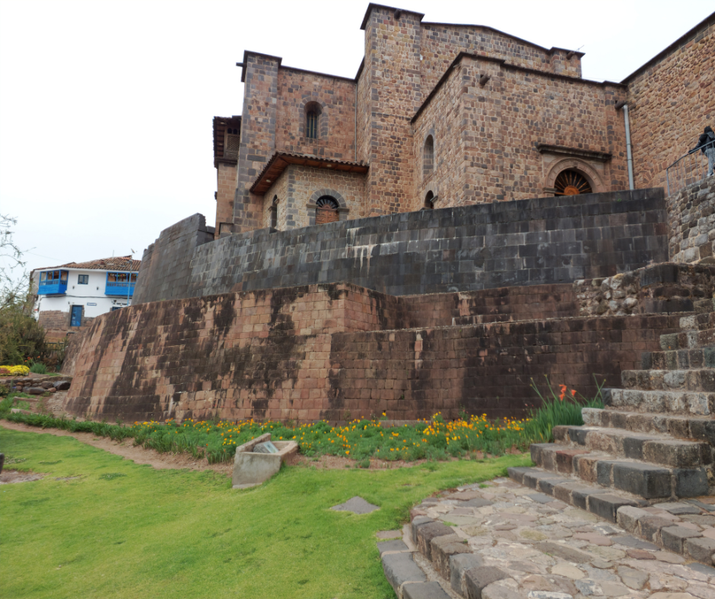
Coricancha today
Today, Coricancha serves as a powerful reminder of the Inca Empire's past glory and the resilience of its people.
The site has become an important cultural heritage site and a popular tourist attraction, drawing visitors from around the world to witness the architectural mastery and learn about the history of the Inca civilization.
Efforts have been made to preserve and restore the temple complex, ensuring that future generations can appreciate this remarkable site.
The Convent of Santo Domingo, which still stands atop the ruins of Coricancha, now houses a museum that showcases Inca artifacts, as well as the history of the Dominican order in the region.
What do you need help with?
Download ready-to-use digital learning resources
Copyright © History Skills 2014-2025.
Contact via email
With the exception of links to external sites, some historical sources and extracts from specific publications, all content on this website is copyrighted by History Skills. This content may not be copied, republished or redistributed without written permission from the website creator. Please use the Contact page to obtain relevant permission.





